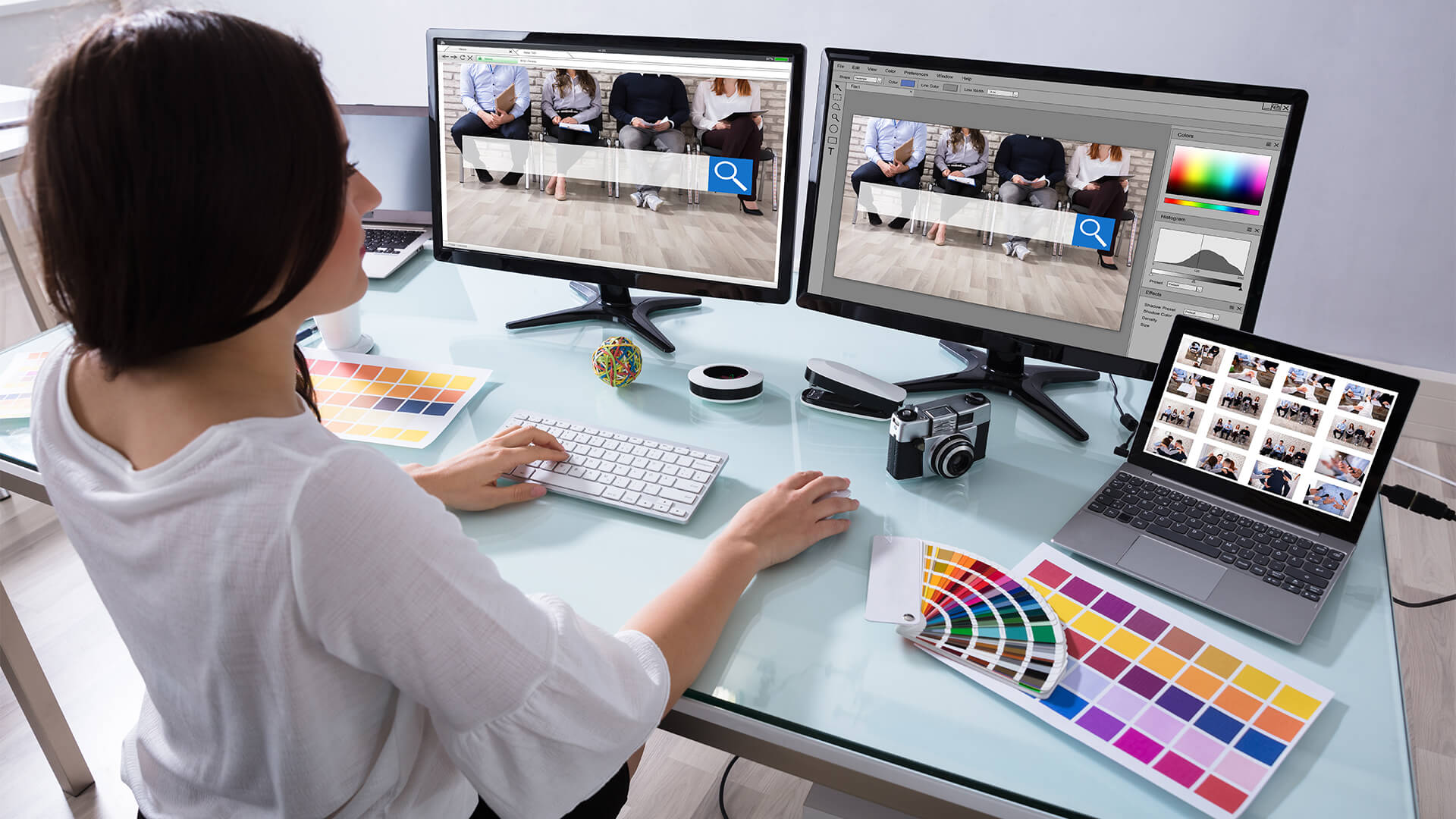The Most Effective Kinds Of Website Design to Improve Customer Experience and Engagement
In the ever-evolving landscape of electronic communication, the effectiveness of Web layout dramatically influences user experience and engagement. Different layout techniques, such as minimalist, responsive, and interactive designs, each deal distinct advantages that can cater to varied user requirements.
Minimal Website Design
As digital landscapes become increasingly cluttered, minimalist website design has arised as an effective technique to improving customer experience. This design ideology focuses on simplicity, focusing on crucial elements while getting rid of unnecessary diversions. By utilizing sufficient white area, straightforward navigating, and a limited shade palette, minimalist design cultivates quality and directs individual focus to vital material.
The core principle of minimalist website design is to produce a smooth interaction for customers. By lowering cognitive tons, individuals can promptly comprehend details without feeling overwhelmed. This direct strategy not only enhances functionality but also urges interaction, as visitors are most likely to explore a website that is very easy and aesthetically enticing to browse.
In addition, minimal layout frequently emphasizes typography and images, utilizing these aspects purposefully to communicate messages efficiently. This concentrate on vital parts can improve brand identity and develop an unforgettable user experience. Fundamentally, minimal website design is not just a trend; it is a thoughtful technique that acknowledges the value of user-centered style. By removing away peripheral aspects, designers can produce a much more engaging, effective, and satisfying Web experience for all users.
Responsive Web Layout
In today's varied electronic setting, responsive Web layout has actually ended up being necessary for developing a seamless user experience across a wide variety of gadgets. As users accessibility sites on smart devices, desktop computers, laptops, and tablet computers, the capability of an internet site to adapt its format and web content to different display dimensions and resolutions is vital.
Receptive website design uses flexible grids, photos, and CSS media queries to make sure that Web material exists optimally, despite the device used. This approach not only improves the visual appeal of a site however also significantly enhances use. Individuals are more likely to engage with a site that provides a regular experience, as it eliminates the irritation of having to focus or scroll excessively.
By adopting responsive layout, businesses can enhance their visibility and reach a broader target market. In recap, responsive Web design is a fundamental technique that enhances user experience, involvement, and overall satisfaction.
Interactive Web Design
Responsive Web style lays the foundation for improving user experience, yet interactive Web style takes this an action further by involving customers in an extra dynamic way - Aligned Position Web Design. By integrating elements such as computer animations, clickable prototypes, and real-time comments, interactive Web style captivates customers, attracting them right into a richer browsing experience
This approach not only fosters interaction yet likewise encourages customers to check out you could try this out content actively instead of passively consuming it. Methods such as gamification, where customers make incentives for completing jobs, can significantly improve the time invested on a website and improve overall contentment. Interactive attributes can streamline complicated info, making it extra absorbable and satisfying.

Including interactive design components can also result in greater conversion prices, as users are more probable to engage with a site that actively includes them. Aligned visit here Position Web Design. Ultimately, interactive website design changes individual experiences into memorable trips, making sure that site visitors return time after time
Apartment Design
Characterized by its minimalistic method, flat design emphasizes simplicity and performance, removing away unnecessary elements and concentrating on essential functions. This style viewpoint focuses on use, making certain that customers can navigate interfaces easily and efficiency. By utilizing a tidy visual, level layout gets rid of the mess often discovered in a lot more ornate designs, thus improving individual concentrate on material and performance.
The hallmark of level style lies in its use bold colors, simple typography, and geometric forms. These aspects add to an aesthetically enticing user interface that is both modern-day and approachable. Additionally, flat layout cultivates a sense of clearness, enabling users to determine necessary actions and information without interruption.
Additionally, flat style is especially reliable in responsive Web style, as its simplicity equates well throughout various tools and display dimensions. The lack of intricate appearances and gradients reduces filling times, which is crucial for keeping customer interaction. As digital landscapes remain to evolve, level layout remains a pertinent option for producing straightforward internet sites that improve overall experience. By concentrating on important features, flat design not only satisfies user demands yet also motivates smooth interaction, making it an essential component of reliable website design methods.
Flexible Web Layout
Adaptive Web style tailors the customer experience by creating multiple repaired layouts tailored to different display sizes and tools. Unlike receptive style, which fluidly changes a solitary format, adaptive style uses distinct designs for certain breakpoints, guaranteeing ideal discussion on numerous platforms. This approach enables designers to focus on the distinct features of each tool, improving functionality by providing exactly what users need based upon their context.
One of the primary advantages of flexible Web design is its capability to optimize lots times and efficiency. By offering tailored content and pictures that fit the customer's tool, web sites can reduce information usage and improve loading speeds. This is particularly beneficial for customers with slower links or minimal data strategies.

In addition, adaptive layout facilitates a more regular and controlled branding experience. Since developers create numerous layouts, they can guarantee that the visual aspects straighten with the brand's identity across different systems - Aligned Position Web Design. This results in a natural user experience, enhancing interaction and promoting individual retention
Final Thought
Minimalist style cultivates clearness and emphasis, while receptive design guarantees adaptability across various devices, promoting availability. Collectively, these layout comes close to contribute to the development of easy to use environments that not only enhance complete satisfaction yet likewise drive higher conversion prices, highlighting their crucial relevance in contemporary Web design approaches.

Minimal design promotes quality and emphasis, while receptive layout ensures flexibility throughout various devices, promoting ease of access. Collectively, these design comes close to contribute to the production of easy to use settings that not just improve contentment however likewise drive higher conversion rates, underscoring their important significance in modern Web layout techniques.